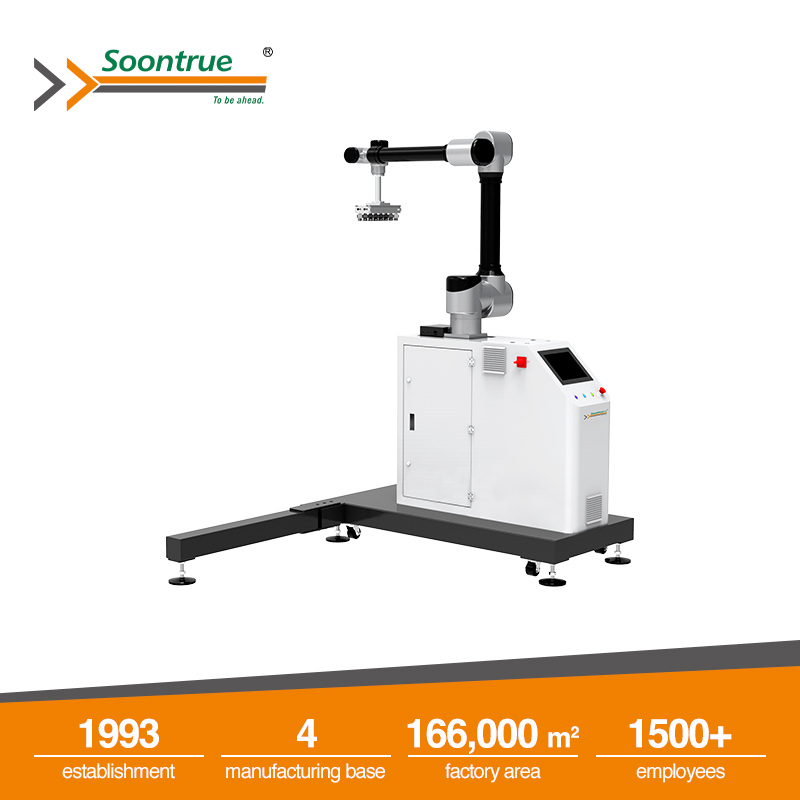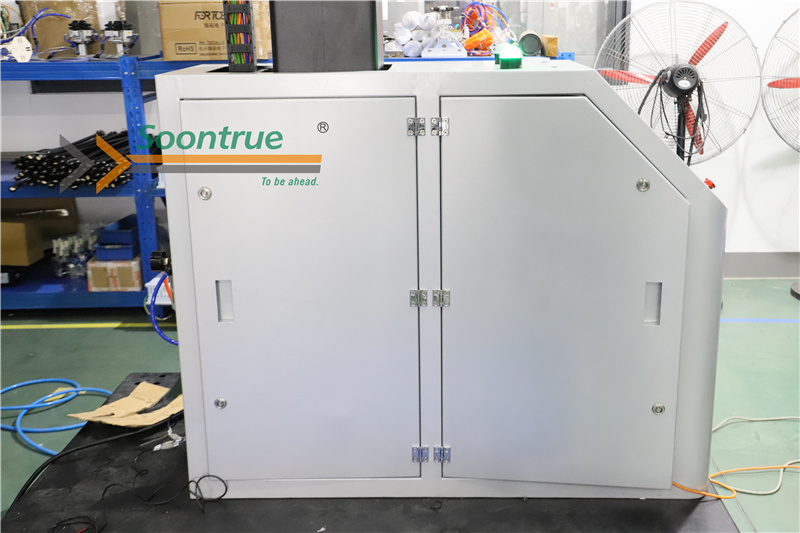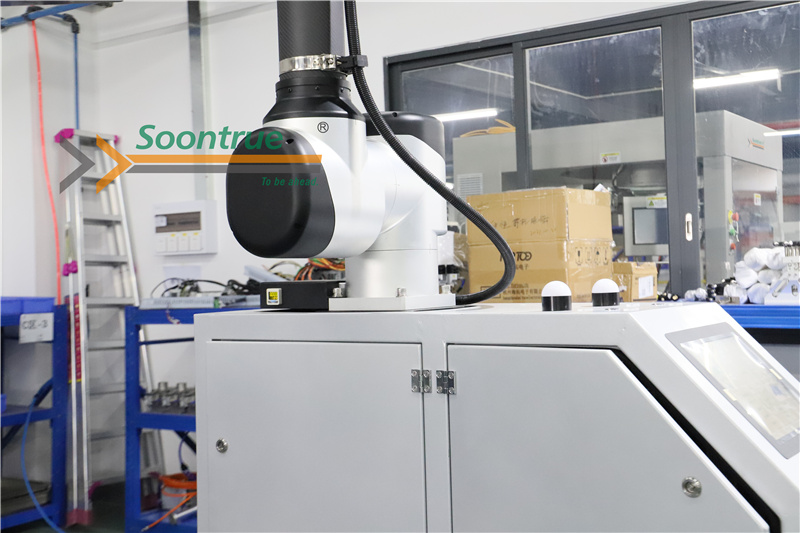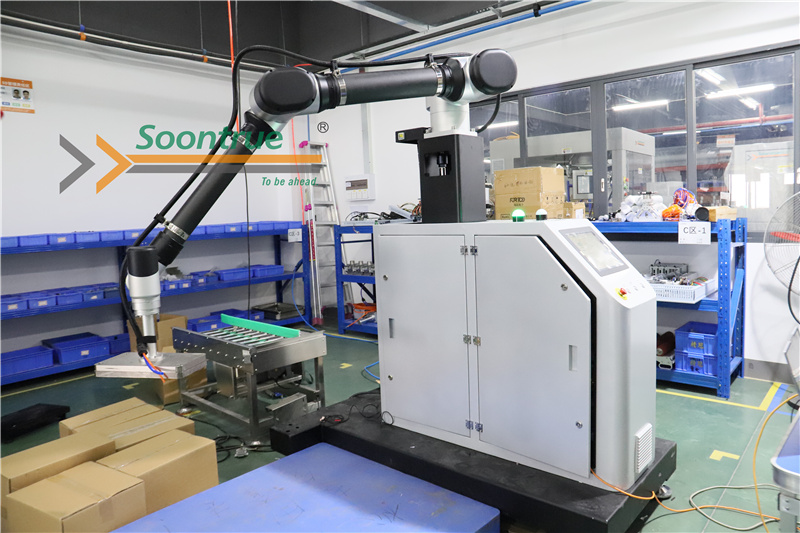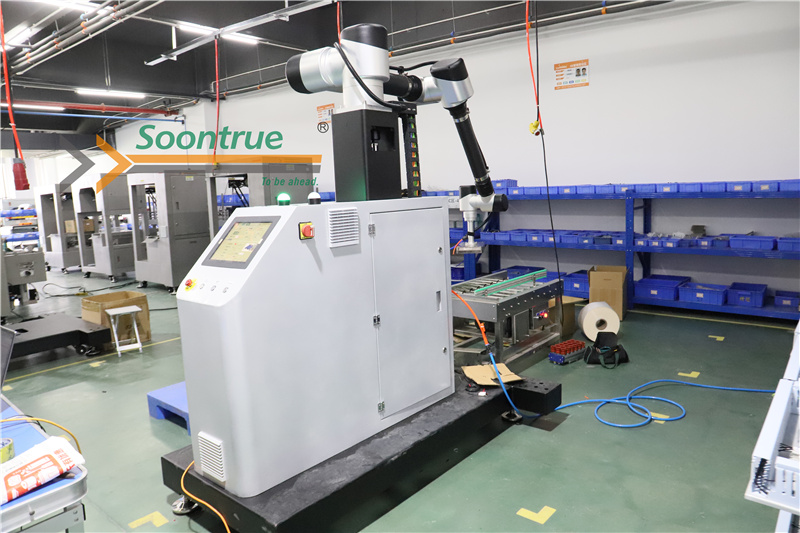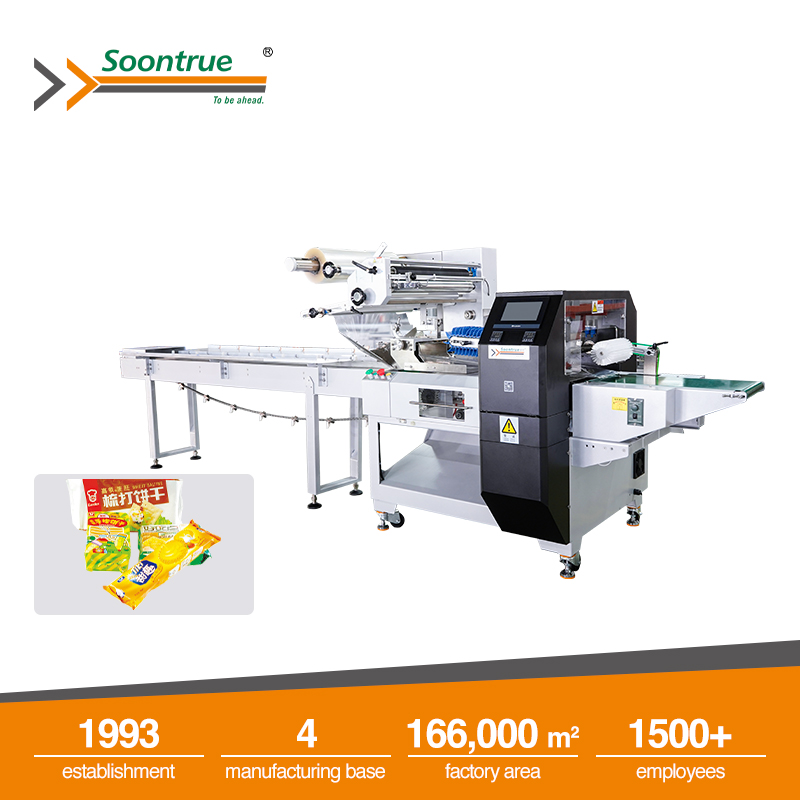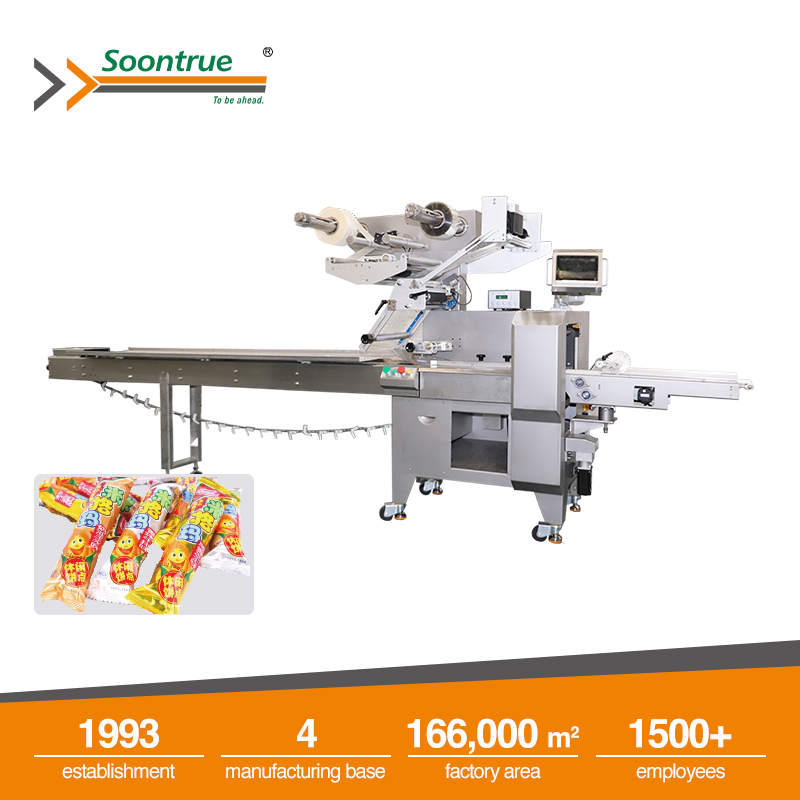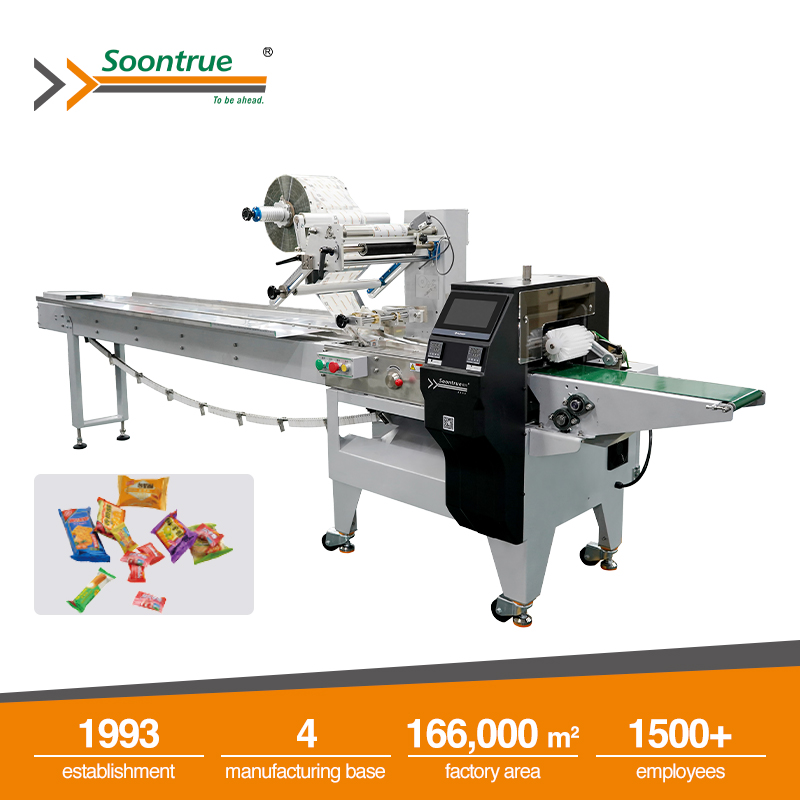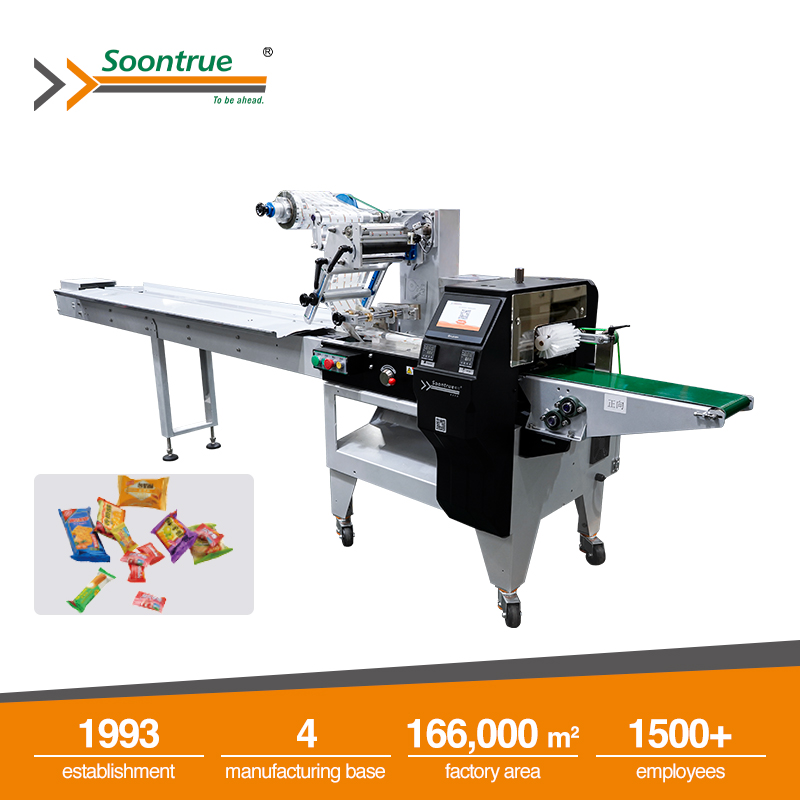Collaborative robot
Widely used in various industries such as food, household paper, beverages, pharmaceuticals, daily chemicals, electronics, and appliances.
Collaborative robot
Introduction
The Collaborative Robot, also known as a cobot, is designed to work safely and efficiently alongside human operators in a shared workspace. Unlike traditional industrial robots that typically operate in isolated environments, collaborative robots are built for direct human–robot cooperation, enabling flexible automation without complex safety fencing.
Widely used across industries such as food processing, household paper, beverages, pharmaceuticals, daily chemicals, electronics, and home appliances, collaborative robots help manufacturers improve productivity, enhance workplace safety, and adapt quickly to changing production needs.
Main Content
What Is a Collaborative Robot?
Collaborative robots are equipped with advanced sensors, intelligent control systems, and integrated safety functions that allow them to detect human presence and respond accordingly. When a human coworker is nearby, the robot can automatically slow down or stop to avoid potential accidents, ensuring safe interaction at all times.
Thanks to their flexibility and adaptability, cobots are increasingly adopted in manufacturing, logistics, healthcare, and service-oriented environments. They are capable of assisting with repetitive operations, precision handling, heavy-load tasks, and even human-facing interactions, making them a key component of modern smart factories.
As automation technology continues to evolve, collaborative robots are expected to play a critical role in reshaping production lines by combining human intelligence with robotic precision.
Application Industries
Collaborative robots are widely applied in:
- Food processing and packaging
- Household paper production
- Beverage manufacturing
- Pharmaceutical industries
- Daily chemical products
- Electronics assembly
- Home appliance manufacturing
Key Features of Collaborative Robots
Safe Human–Robot Collaboration
Collaborative robots are designed with built-in safety mechanisms, including force detection and proximity sensing. These features allow the robot to stop or slow down immediately when human contact is detected, minimizing operational risks.
Simple and User-Friendly Operation
Cobots feature intuitive interfaces and easy programming methods. Even operators without professional IT or robotics backgrounds can quickly learn how to set up and adjust tasks, reducing training time and deployment costs.
High Flexibility and Adaptability
Collaborative robots can be easily relocated, reprogrammed, or integrated into different production processes. This flexibility makes them ideal for factories with frequently changing products or production layouts.
Improved Efficiency and Productivity
Collaborative robotic systems can operate continuously with minimal downtime for maintenance. They adapt quickly to new products and changing production volumes, offering a cost-effective automation solution for growing businesses.
Enhanced Employee Health and Safety
By taking over physically demanding, repetitive, or ergonomically challenging tasks, collaborative robots help reduce worker fatigue, injuries, and long-term strain, improving overall workplace wellbeing.
High Precision and Consistency
In applications such as robotic palletizing, collaborative robots can stack and handle products accurately according to programmed parameters, ensuring consistent quality and reliable performance.
Customization Capability
Kind Reminder: We have an experienced team of R&D engineers who can customize collaborative robot solutions according to your specific product characteristics, production requirements, and automation goals. This ensures optimal performance and seamless integration into your existing production line.
| Specifications | WP-20 |
| Pick-up speed | 8-10 pcs/min |
| Pallet size range | L 1200mm W 1200mm H 150mm |
| Max. Palletizing height | 2000mm (elevation column 600mm) |
| Max. payload | 30 kg(including vacuum gripper) |
| General power | 3 kw |
| Power supply | 380V / 3Ph / 50Hz |
| Air source | 0.5 - 0.7 Mpa (air consumption 200l/min) |
| Machine weight | 600kg |
| Machine size | 3410x1700x3100mm |



